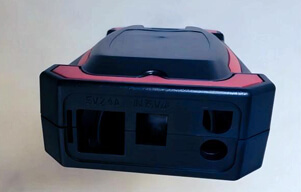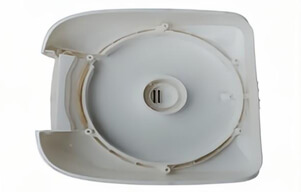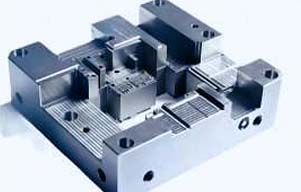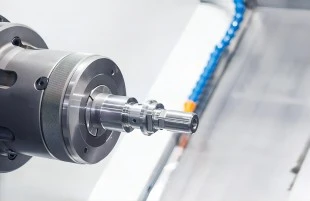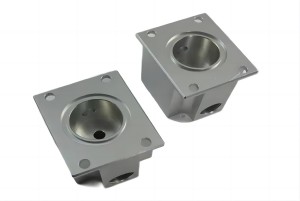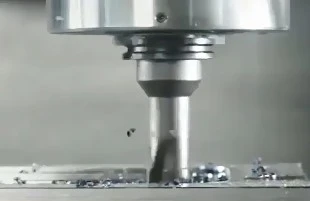Rapid prototyping has revolutionized the way of product development. The ability to create a prototype quickly and efficiently allows for more iterations and testing, ultimately leading to better products. While there are several methods for rapid prototyping, 3D printing has emerged as a popular choice due to its numerous advantages. In this article, we will explore the benefits of 3D printing for rapid prototyping.
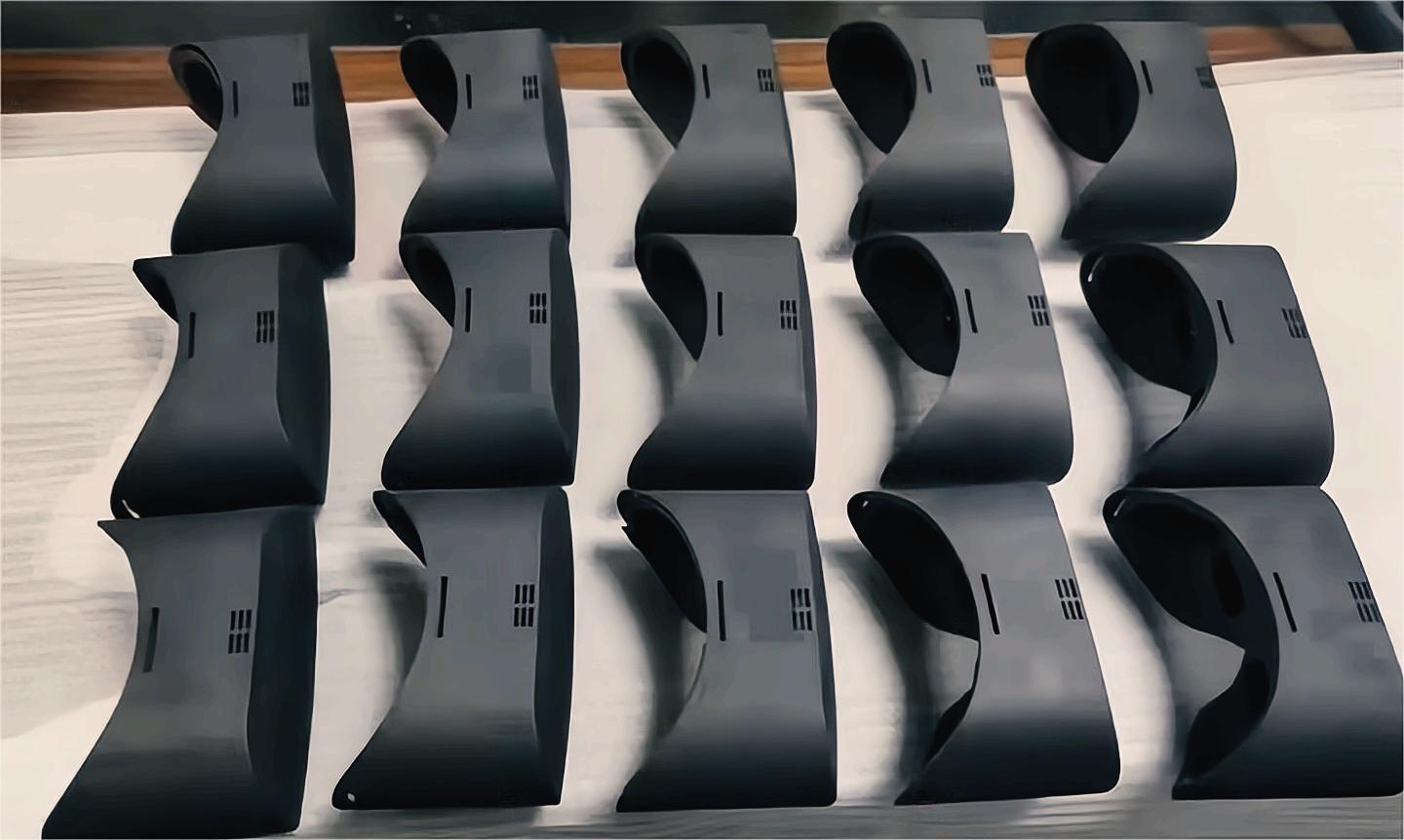
The fast speed of 3D printing
One of the most significant advantages of 3D printing for rapid prototyping is its fast speed. Traditional methods of prototyping can take weeks or even months to produce a single prototype, but with 3D printing, a prototype can be created in a matter of hours. This allows for faster iterations and more testing, ultimately leading to a faster product development cycle. Additionally, 3D printing can produce complex geometries that would be difficult or impossible to create with traditional methods.
The low cost of 3D printing
Another advantage of 3D printing for rapid prototyping is its cost-effectiveness. Traditional methods of prototyping can be expensive, with costs increasing as the complexity of the prototype increases. 3D printing, on the other hand, is relatively a low cost way for making prototypes, making it an attractive option for companies with limited budgets. Additionally, 3D printing can reduce material waste, as only the necessary amount of material is used to create the prototype.
3D printing can be customized
3D printing also allows for greater customization than traditional methods of prototyping. With 3D printing, a designer can create a prototype that is tailored to their specific needs, rather than being limited by the capabilities of traditional methods. This is particularly useful for prototypes with complex geometries or unique features that would be difficult to create with traditional methods. Additionally, 3D printing allows for the creation of prototypes with multiple components that can be assembled after printing.
3D printing fast iteration
With traditional methods of prototyping, each iteration requires a significant investment of time and money. However, with 3D printing, iterations can be produced quickly and inexpensively. This allows designers to test multiple iterations and make changes until they are satisfied with the final product. As a result, 3D printing allows for more extensive testing and more iterations, ultimately leading to a better final product.
3D printing reduces risk
One of the most significant advantages of 3D printing for rapid prototyping is reduced risk. With traditional methods of prototyping, there is always a risk of errors or design flaws that are not identified until later in the process. However, with 3D printing, designers can identify and correct errors early in the process, reducing the risk of costly errors later on. Additionally, 3D printing allows for testing in real-world conditions, allowing designers to identify potential issues before the final product is produced.
3D printing has several advantages for rapid prototyping, including speed, cost-effectiveness, customization, the ability to produce multiple iterations, and reduced risk. With these advantages, it is no surprise that 3D printing has become a popular choice for companies looking to develop new products quickly and efficiently. As technology continues to improve, it is likely that 3D printing will become even more prevalent in the world of rapid prototyping, offering even more benefits to designers and manufacturers alike.

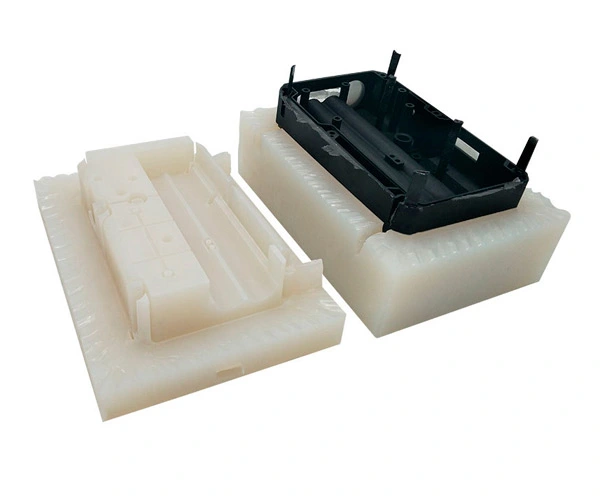
 EN
EN
 ja
ja  ko
ko  fr
fr  de
de  es
es  it
it  pt
pt  ar
ar  tr
tr  iw
iw 
